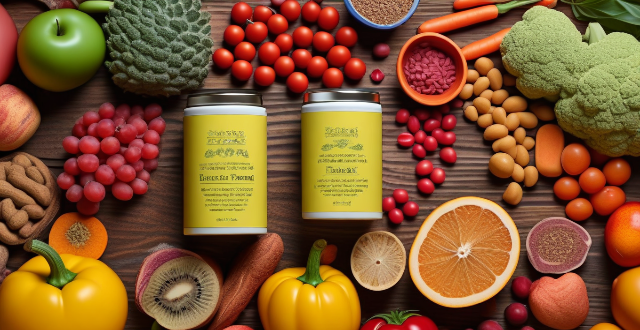Going gluten-free can affect children's nutrition by reducing their intake of protein, vitamins, minerals, and fiber. To ensure they receive all the necessary nutrients, parents should include alternative sources of protein, such as beans and nuts, and high-fiber foods like fruits and vegetables. Meal planning is key to ensuring a balanced diet, and shopping tips include reading labels carefully and comparing prices. With careful planning, it is possible to provide children with healthy and delicious gluten-free meals that meet all nutritional needs.

How does going gluten-free affect children's nutrition?
Going gluten-free is becoming increasingly popular among parents of children with celiac disease or non-celiac gluten sensitivity. However, it can be a challenge to ensure that they still receive all the necessary nutrients in their diet. In this article, we will explore how going gluten-free affects children's nutrition and provide tips on how to make sure they are getting everything they need.
1. Protein
Protein is an essential nutrient for children's growth and development. While most grains contain protein, those that are gluten-free may not have as much as those that contain gluten. It is important to find alternative sources of protein, such as beans, legumes, nuts, and seeds.
2. Vitamins and Minerals
Many vitamins and minerals are found in whole grains, which are often eliminated from a gluten-free diet. It is important to include foods that are high in these nutrients, such as fruits, vegetables, and fortified foods.
3. Fiber
Fiber is another important nutrient for children's health. Many gluten-free products are low in fiber, so it is important to find alternatives that are high in fiber, such as fruits, vegetables, and whole grains.
4. Calorie Content
Some gluten-free products may be higher in calories than their gluten-containing counterparts. It is important to read labels and choose products that are lower in calories while still providing all the necessary nutrients.
5. Meal Planning
Meal planning is key when going gluten-free. It is important to plan meals that include a variety of foods that are high in protein, vitamins, minerals, and fiber. This will help ensure that children are getting everything they need in their diet.
6. Shopping Tips
When shopping for gluten-free products, it is important to read labels carefully and look for products that are free of added sugars and other unhealthy ingredients. It is also important to shop around and compare prices to get the best deals possible.
In conclusion, going gluten-free can be a challenge, but with careful planning and attention to detail, it is possible to ensure that children are getting all the necessary nutrients in their diet. By including a variety of foods that are high in protein, vitamins, minerals, and fiber, it is possible to create healthy and delicious meals that meet all nutritional needs.